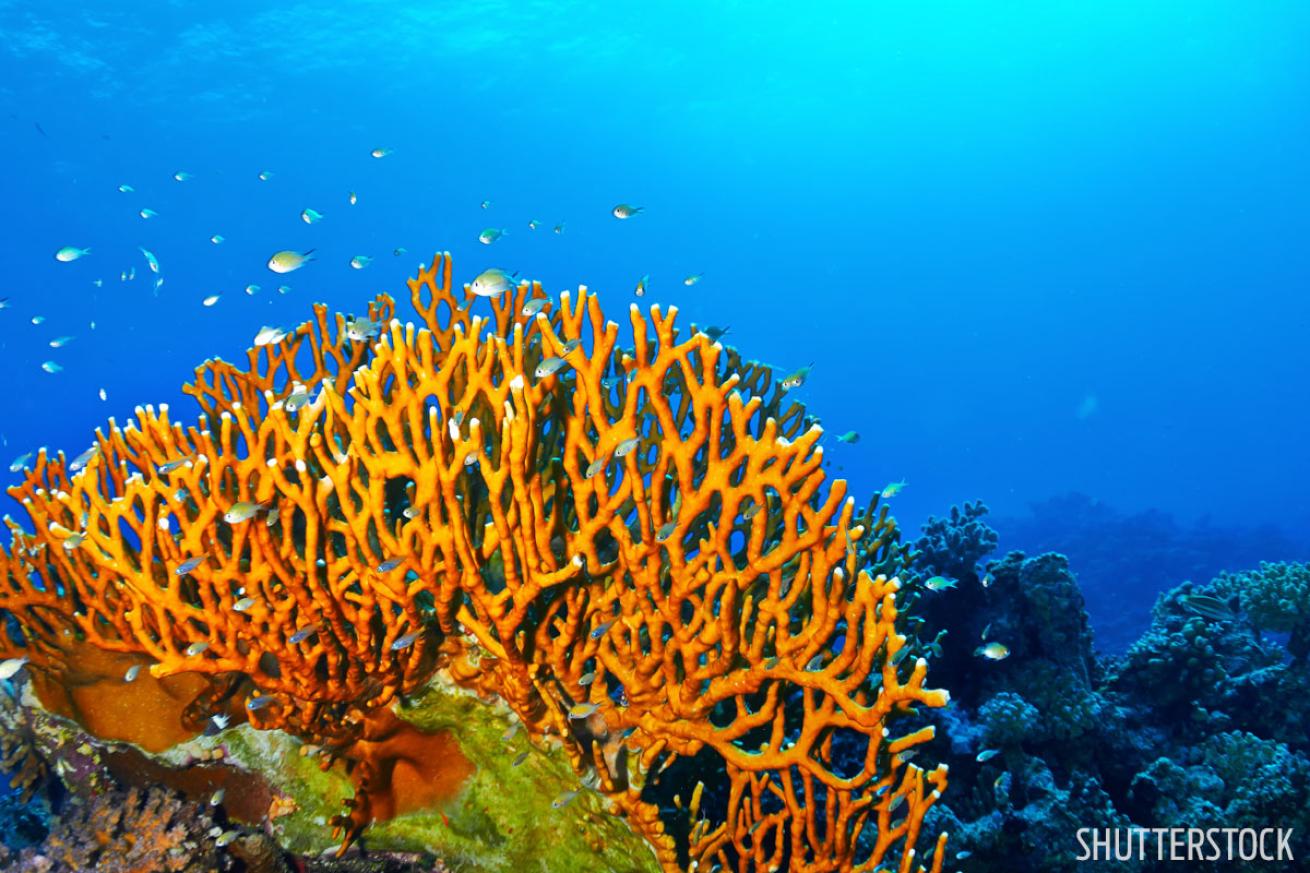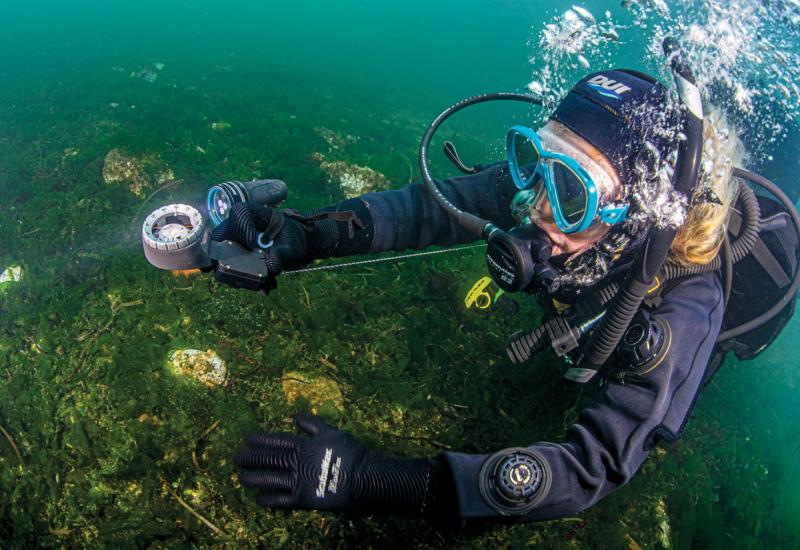How to Treat Coral Stings

ShutterstockDon't let stinging coral get the best of you.
Q: I DEVELOPED THIS BURN AFTER COMING IN CONTACT WITH CORAL. THREE DAYS LATER, THE RASH IS STILL PRESENT, AND IT BURNS VERY MUCH.
A: You had an atypical reaction to fire coral. Irritation from skin contact with certain species of coral is caused by the animal “stinging” the diver. Irritating toxin is discharged into the skin from small structures on the coral — the mechanism is similar to jellyfish stings. In most cases, the burning sensation starts immediately after contact and increases for the first 10 minutes or so. Symptoms may vary from mild itching or burning in the area to blister formation and, in extreme cases, fever, gastrointestinal or cardiovascular problems.
Prevention by wearing protective garments and avoiding contact with the coral is the best way to escape envenomation. If a diver develops the characteristic painful rash, topical steroids like hydrocortisone cream and oral antihistamines will provide relief until the symptoms subside, which is typically within 24 to 48 hours. Cool compresses also might provide some prompt relief. In extreme cases where the pain is severe or lasts for more than a day or two, oral or even injected steroids might be necessary. In these cases, the diver might develop swollen lymph nodes, skin ulcers, or permanent darkening of the skin or scarring.
If prevention fails, my advice is to quickly use some of the first-aid methods like cool compresses and hydrocortisone cream. If there is significant itching, oral antihistamines may be used. If the diver is still experiencing intense burning or itching after 24 to 36 hours, or if blisters begin to develop, my recommendation is to visit your physician or local acute-care clinic so systemic steroids may be utilized. Certainly if there are any generalized symptoms associated with the rash, the clinic visit should take place sooner.
James L. Caruso is a 30-year veteran of the U.S. Navy, serving as ship’s doctor, undersea medical officer and flight surgeon. His experience includes a fellowship in Diving and Hyperbaric Medicine at Duke University Medical Center; today he is Denver’s chief medical examiner.










